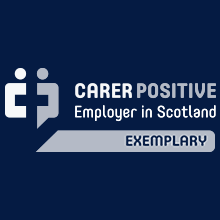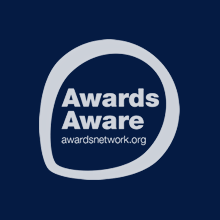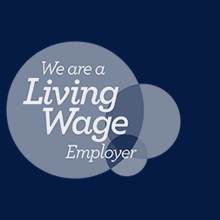Common causes for Lateral Hip Pain:
- GTPS (Greater Trochanteric Pain Syndrome) (pain in region of greater trochanter)
- Gluteus medius tendinopathy (inflammation and weakness of the gluteus medius muscles which may contribute to GTPS)
- External snapping hip – (a visible ‘flicking’ of the iliotibial band over the greater trochanter)
| GTPS and Gluteus medius tendinopathy | External Snapping Hip |
|---|---|
| HISTORY | HISTORY |
| -Most common in middle age women | |
| -Worsened by obesity | – Most common in young females |
| -Poor underlying conditioning | – Likely to be associated with weakness of hip musculature |
| -Excessive & frequent loads to outside of hip joint eg sitting cross legged | – May be associated with hypermobility |
| -Possible history of trauma to lateral aspect of hip | |
| SIGNS | SIGNS |
| -Specific lateral hip pain – see photos* | -Visible/reported flicking or clicking located in region of Greater trochanter |
| – Sore to lie on affected side | -Pain located to lateral hip |
| -Worse with legs crossed | -Patients may report hip ‘clicking out’ |
| – Pain going up and down the stairs |
* Lateral hip pain , one of the signs of GTPS and Gluteus medius tendinopathy
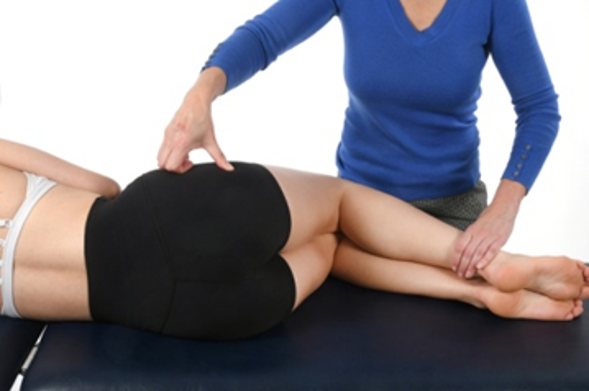
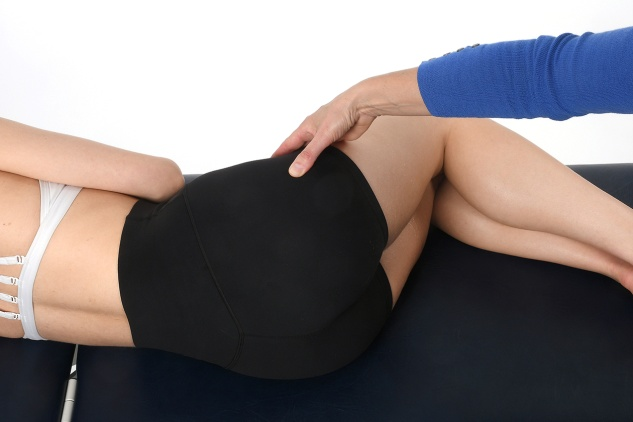
Who can refer:
GPs, GPAPPs, other Consultants
Who to refer:
Patients with history and signs as above who have not responded to or exhausted all conservative treatments including 4-6 months of specific strengthening exercises. Local corticosteroid injection could possibly be considered but is not the first line of treatment.
Who not to refer:
- Referred pain from lumbar spine – consider referral to NHS Lothian Integrated Back Pain Service
- Hip OA seen on XR
- Red flags – see Adult Non Arthritic Hip Service – RefHelp
How to refer:
SCI gateway > Lauriston Buildings > Orthopaedics – Other
(Please note that the SCI gateway pathway will change soon to ANAH – Adult Non-Arthritic Hip)
Please request an AP pelvis XR before referral
Primary care investigations
XR AP pelvis to rule out OA hip and look for calcification around greater trochanter
Primary care treatment
Physiotherapy referral
Information sheet on postures & positions to avoid
Weight loss advice/management
Consider corticosteroid injection locally to greater trochanter bearing in mind inflammation is not likely to be the main source of pain
Patient information


